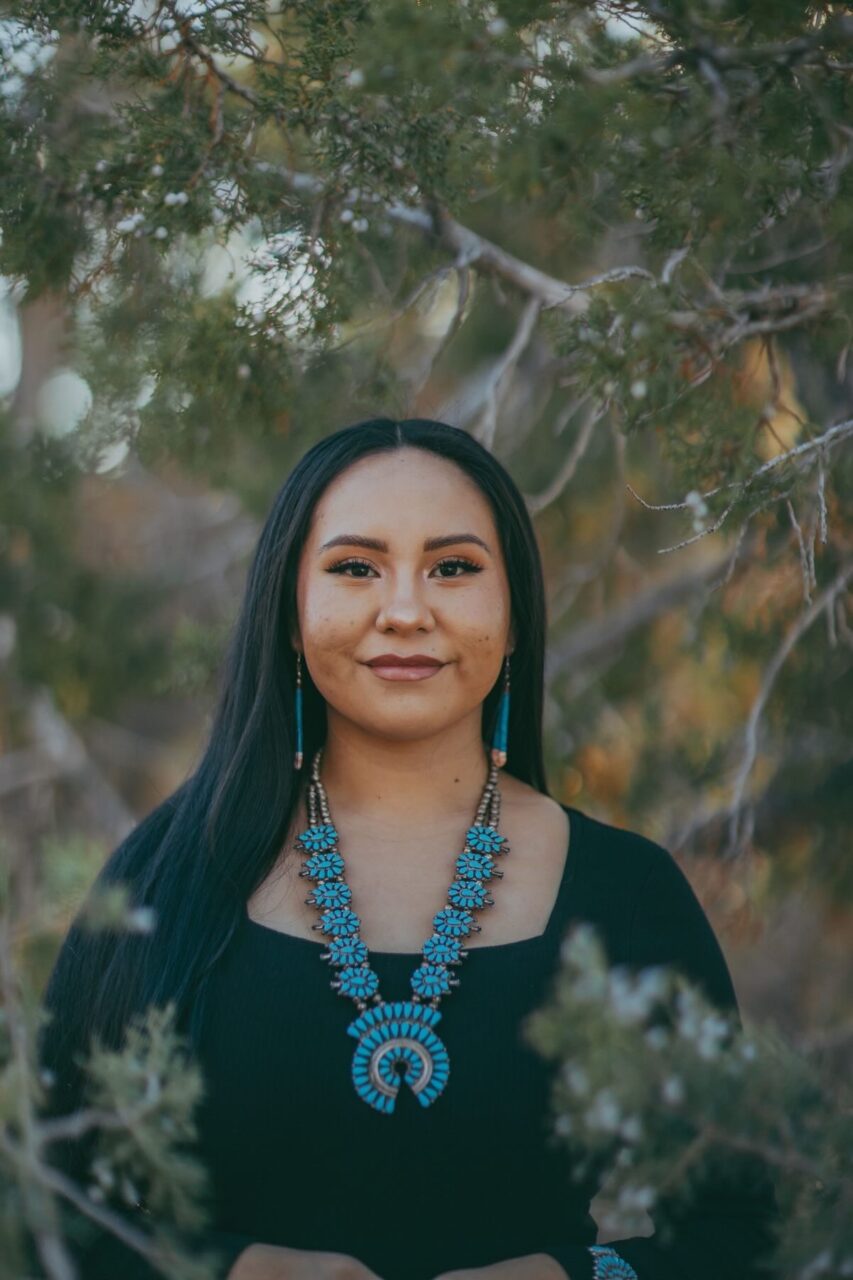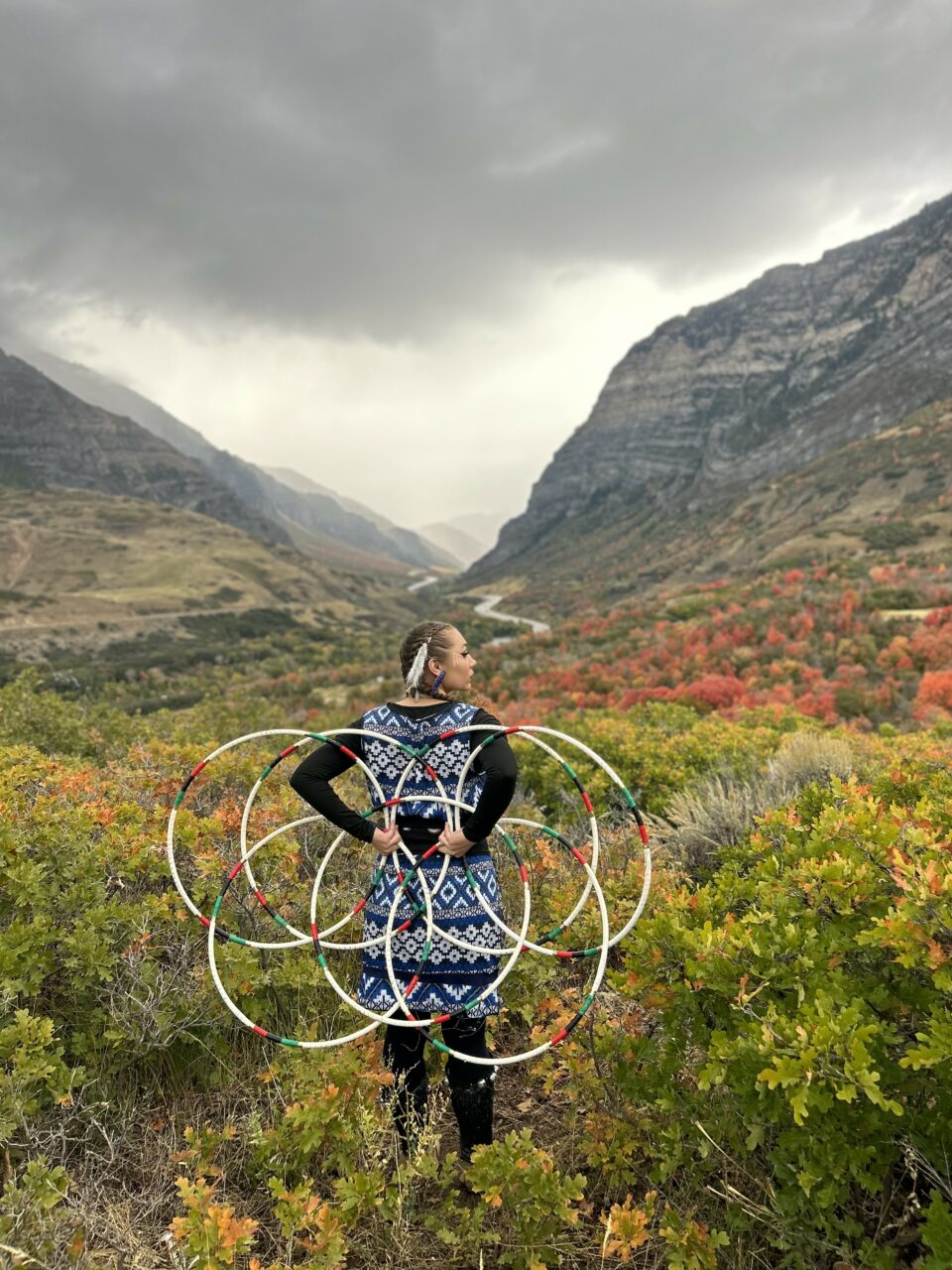Native American students at BYU said they see Native American Heritage Month as an opportunity to share, represent and educate others about their native culture.

President George H.W. Bush designated November as National Native American Heritage Month in 1990. Many celebrate through dances, traditions, cultures and stories.
At BYU, less than 1% of students who attend are Native American. Every November, BYU’s Tribe of Many Feathers hosts a pageant recognizing Native American students. This year, psychology and American Indian studies student Savanna Silversmith, who is Navajo, was named the 2023-2024 Miss Indian BYU.
According to Silversmith, this event is a way for the Native American community to pick someone that represents its culture with humility and to have the willingness to connect with other Native tribes within BYU, including other ethnic groups.
“I was really excited about it. After experiencing connecting with my culture and finding the community here at BYU within the Native students … I just wanted a space where I could do the most good,” Silversmith said.
With this new public representation, Silversmith shares she has an opportunity to educate others.
“I wanted to be a person that can represent understanding, compassion and connection, while also expressing your own culture. I was excited that I got it because I now I have this face where I feel happy if people come up and ask me about my culture, what it is and what the history behind it is,” Silversmith said.
BYU biology student Treygan Bragg is from the Santa Clara Pueblos tribe. He spoke about the month of November and how it impacts him.
“I love the idea of a National Native American Heritage Month because it gives Native people a chance to recognize and celebrate their unique culture,” he said.
Bragg continued to say how this month gives him the opportunity to expand his knowledge of traditions and beliefs of other indigenous peoples.
Bragg said he recently attended a powwow, which is a Native American ceremony involving dancing, singing and feasting.
At powwows, all ages gather to share their own way of respecting Native traditions, he said.
“Through meaningful opportunities like this, I am learning how I can express my culture by making it part of my identity,” he said.
Cami Losik, who is part of the Tulalip Tribe in Washington explained this month is a way to celebrate and have pride in Native culture as well as a way to honor Native American ancestors.

One of Losik’s family traditions is to attend and participate in powwows. She shared this is a way to represent their culture and show support to their Native communities.
“I have had several opportunities to share my culture by dancing the Native American Hoop dance, a dance I learned from my dad growing up; it’s a healing dance and a way for us to share the light with the world,” she said.
Native American dancers have a saying: “We dance for those that can’t,” Losik said. She expressed her love of dancing, representing her culture and dancing for her ancestors.
BYU student Kelina Anderson from the Squamish Tribe, Salish Nation in British Columbia, Canada, expressed her feelings towards this celebratory month and why it is important to her.
“National Native American Heritage Month means a lot to me. It’s a month where we celebrate the wonderful things that Native Americans have done and also look at our history,” she said.
Anderson talked about the importance of celebrating her culture through dancing. Hoop dancing has allowed her to perform for schools and in classrooms, helping her educate others and dance with her brothers. BYU cultural dance group, “Living Legends” has also given her opportunities to demonstrate her heritage through performances and outreaches.
“I represent myself as a Native American woman by living, it is in my blood and I wear the name of my family, my culture, my ancestors and my Heavenly Father on my sleeve. I am proud to be Native,” Anderson said.
More information about the significance of the month can be found here.




